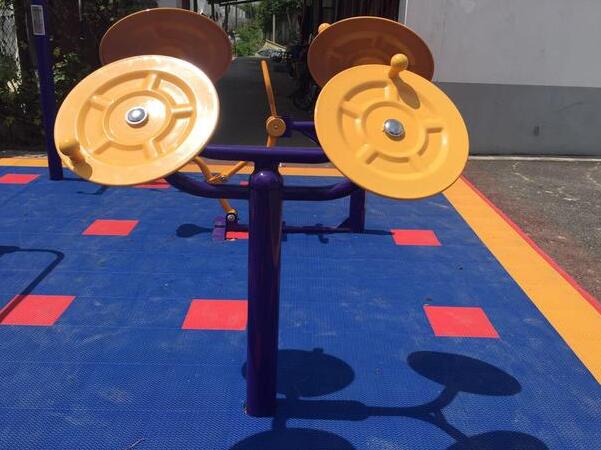Tai chi has proven to be an excellent tool for rehabilitation. It combines gentle movement, balance, and mental focus, which can greatly assist those in the recovery process.
Tai Chi Movements
Tai chi movements are slow and controlled. For example, the 'cloud hands' motion. It gently exercises the joints and muscles. This is especially useful for people with joint problems. These movements also improve flexibility. Another aspect is the 'single whip' move. It helps in strengthening the core and maintaining body balance.

Mental Benefits
Mentally, tai chi requires concentration. When practicing, one has to focus on the movements and breathing. This helps people who are recovering from stress – related issues. It can also be a form of meditation. It takes a person's mind off their problems and into a state of calmness. Additionally, the mental discipline in tai chi can be transferred to daily life Tai Chi Online , improving overall mental health.
Breathing Technique
Proper breathing is key in tai chi. Deep, slow breaths enhance the rehabilitation process. It oxygenates the body better. For someone recovering from a respiratory illness, this can be a great advantage. The controlled breathing also relaxes the body Daoist Texts , reducing muscle tension. By focusing on the breath, patients are less likely to feel restless during rehabilitation.
Social Interaction
Often tai chi for rehabilitation , tai chi is practiced in groups. This social aspect is beneficial. People going through rehabilitation can share their experiences. They can also support one another. It creates a sense of community. Moreover, the group setting can make the practice more enjoyable. For those who might be feeling isolated during their recovery, this social interaction is like a breath of fresh air.
I'm curious to know about your own experiences or thoughts regarding using tai chi for rehabilitation . Don't forget to like, share and comment!


